After our successful search for Upland Sandpiper and a quick visit to the Shawangunk Grasslands for Eastern Meadowlarks, we three birders, Seth, Stella, and I, were off to Orange County, New York, to see about some recently reported rarities. More specifically, we were off to the “black dirt” section of Orange County, an area known for amazingly rich soil and, in the fall, the likelihood of “grasspipers” stopping by. We were not after grasspipers, however, but in search of Melospiza americana and Ammodramus savvanarum, better known by their common names of Dickcissel and Grasshopper Sparrow.
That there is some rich soil, yessireebob.
Though the sun still hid behind clouds and the day remained somewhat dark our spirits were high; we had found all of our target birds and were thinking that our streak would remain unmarred and we would find every bird for which we looked. Upon our arrival at the spot at which we thought the rarities were to be found we hopped out of Seth’s car and began to search. Despite our best efforts we were able to find neither the rare-for-New York State-Dickcissel nor the not-very-rare-but-needing-pretty-specific-habitat-Grasshopper Sparrow. We did find relatively-common-but-always-awesome-especially-when-they-pose-for-pictures-Indigo Buntings galore.
Indigo Bunting Passerina cyanea, male above, female below
Though the buntings were, of course, nice, just like the hunting and hovering American Kestrel and the singing Orchard Orioles, they weren’t the birds we hoped to see. Our frustration was growing when another birder, James Vellozzi, who had found and reported the birds we were looking for the day before, pulled over and let us know that we were in the wrong spot and the birds we were looking for were up the road a bit. We thanked him profusely and made our way to the spot where, amazingly, we heard and spotted both birds within seconds.
Grasshopper Sparrow Ammodramus savannarum
As you can tell, the Grasshopper Sparrow was absurdly cooperative, and didn’t allow close approach, but closely approached us, choosing a couple favored perches and repeatedly going back and forth between them, seemingly without worrying about the three big ol’ bipeds gawking and pointing a host of expensive optics at it. It was pretty freaking cool.
But as cool as the close-range Grasshopper Sparrow was, it was nowhere near as cool to me as the singing and breeding-plumaged Dickcissel, the first time I had ever seen a Dickcissel anywhere but along the coast in bland non-breeding plumage. It was also the first time I heard one sing the “Dick-dick-cissel-cissel” song for which they are named. Needless to say, I was rather happy to see the little guy, but, judging by his song, which, at the risk of being accused of anthropomorphism, I will call joyous, I was not as happy as him.
Dickcissel Melospiza americana
It was a heck of a bird, a heck of a half-day birding, and, though we weren’t quite done yet, we would see nothing better for the rest of our time birding. I just hope it doesn’t take too long before I see and hear another singing Dickcissel because they are a seriously sweet species!


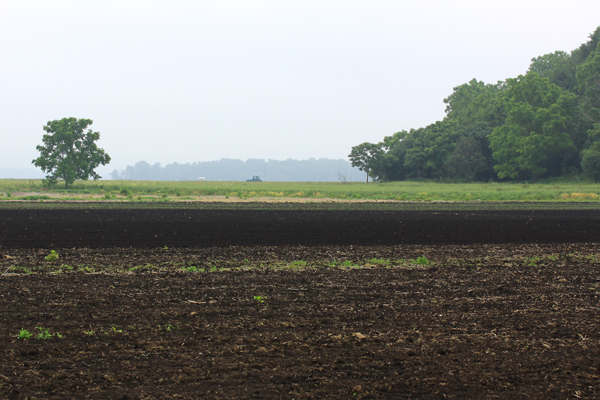
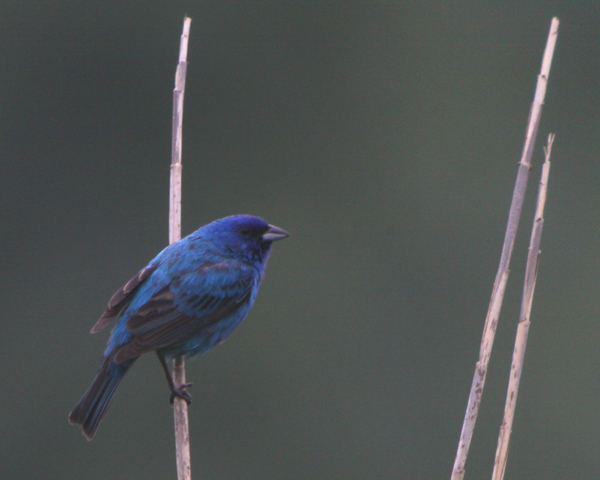
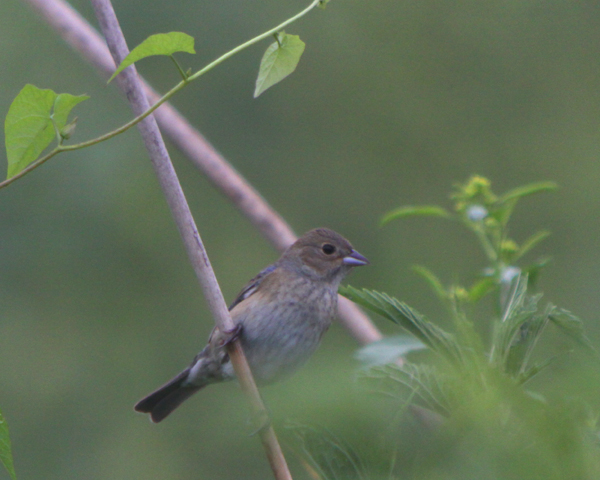
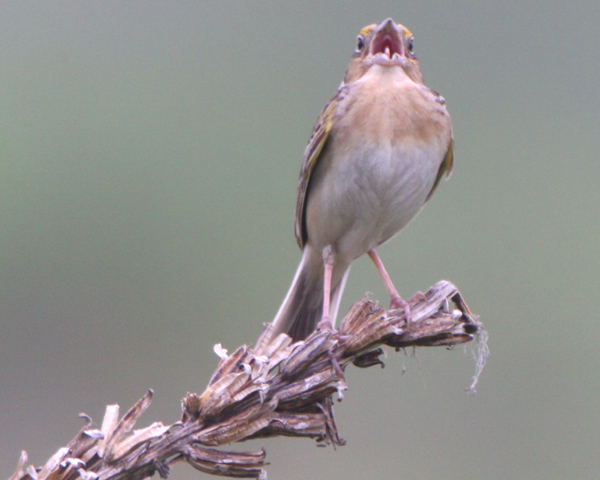
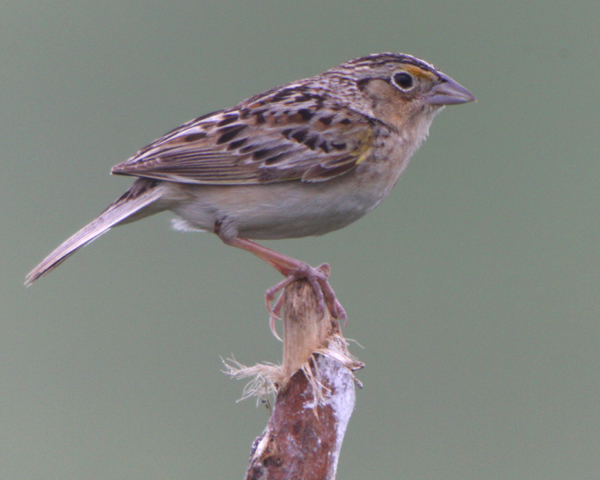
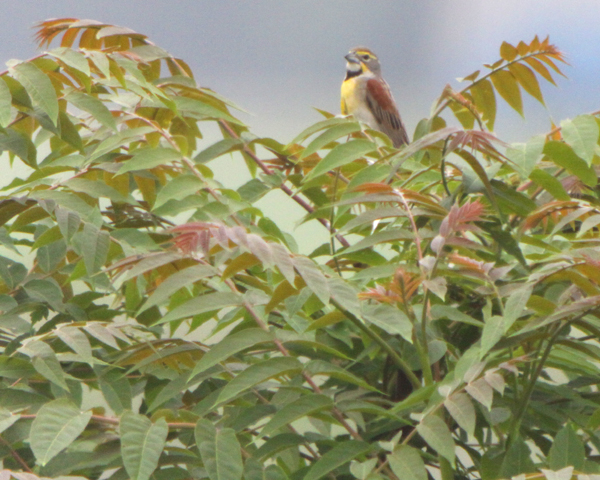
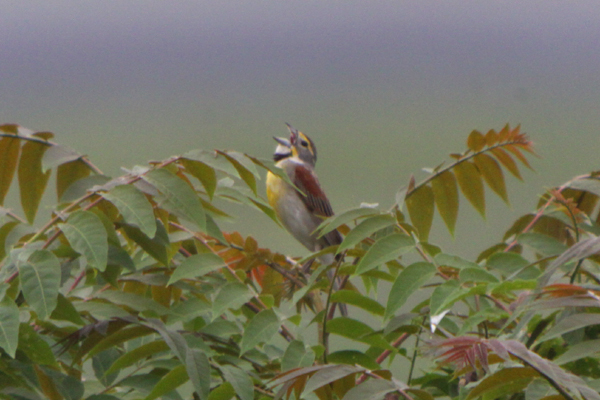











Both great finds and lovely shots, Corey. Two for two!
And the geek in me read this: “let us know that we were in the wrong spot and the birds we were looking for were up the road a bit” and immediately thought, “These are not the droids you’re looking for …” I guess that translates to avian mind tricks?